No products in the cart.
Table of Contents
Grasses aren’t always bad. Some grass species, like those from the Pennisetum genus, are famous for their ornamental purposes and deserve a spot in your garden. One is the fountain grass, a clump-forming grass species that may grow from 1 to 4 feet tall.
It has feathery flowers and cascading leaves that are very showy, mainly because they resemble the form of a water fountain.
I’ve included some interesting information about growing fountain grass in your garden below.
More About Fountain Grass
Fountain grass is a warm-season grass scientifically known as Pennisetum alopecuroides. Depending on its variety, you can grow it as an annual or perennial. It appears as stunning ornamental grass backlit with light during sunrise or sunset.
More so when the leaves and flower spikes sway back and forth when there’s wind.
Aside from being low-maintenance, there are many benefits to reap when you plant fountain grass. It’s deer resistant, drought tolerant, and is a perfect ground cover to prevent soil erosion when used in a mass planting.
Fountain Grass Care Guide
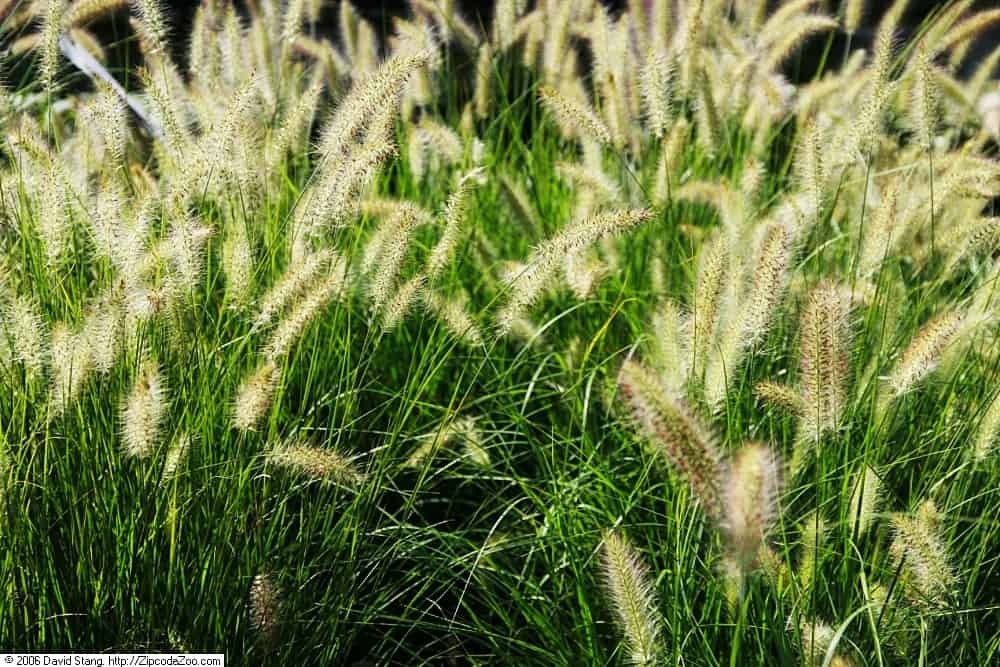
Most ornamental grasses grow without so much fuss. The same is valid for increasing fountain grass. It requires less care and maintenance, and it grows fast. Below are the specific requirements to consider if you’re new to growing fountain grass.
Soil
Fountain grass isn’t very picky about the type of soil. However, the soil conditions must be moist but well-draining. Fertile soils such as loam are the best choice for planting ornamental grasses. But generally, any mix type is acceptable, provided it’s well-drained soil.
Light

Full sun is the best light condition for a fountain grass. It can also tolerate partial shade, but preferably, you should plant it in locations with plenty of sunlight. An ample amount of light will help your P. alopecuroides produce bright green foliage and more showy flowers.
Water
Generally, you’ll need to water once or twice a week if the fountain grasses are still young. This is to keep the garden beds evenly moist. Once established, fountain grass can be drought tolerant.
If you planted it in a location with occasional rain, your fountain grass wouldn’t need any supplemental watering. But if you live in an area with a dry climate, you may need to water occasionally to avoid ending up with dry and dead foliage.
Fertilizer
Fountain grasses won’t seriously mind poor soil. However, if you want it to flourish and become a beautiful ornamental grass, you should invest in adding supplemental nutrients. Hence, fertilizer will make a massive difference in the growth of your P. alopecuroides.
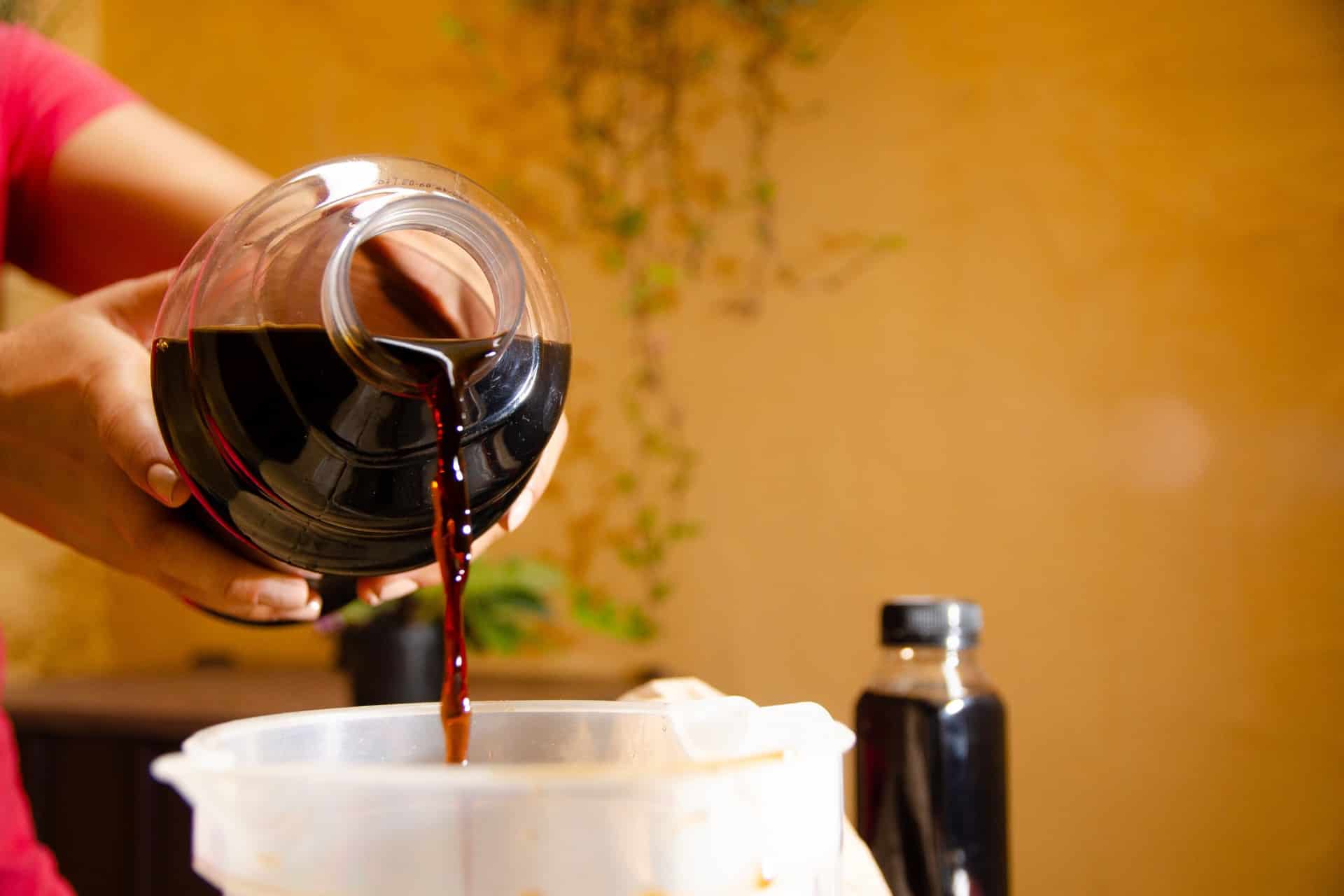
Most ornamental grasses love light feeding. Add a diluted general-purpose fertilizer during the early spring (growing season) when new growth shows. Limit your fertilizing frequency to only once a year.
Humidity and Temperature
Locations with warmer climates are a better option for fountain grass. It thrives when temperatures range between 75 to 85°F (24 to 29°C). It may tolerate cold climates if the lowest temperature won’t go lower than 20°F (-7°C).
An average humidity level is acceptable.
Pruning
You must prune your fountain grass in late winter or early spring. Using hedge trimmers, cut back and leave only about 3 to 6 inches of grass above the soil line. Doing so will help eliminate the dead foliage and encourage new growth.
Once the temperature worsens, foliage grass will begin to regrow. Thanks to its underground rhizomes that remain intact.
Propagation
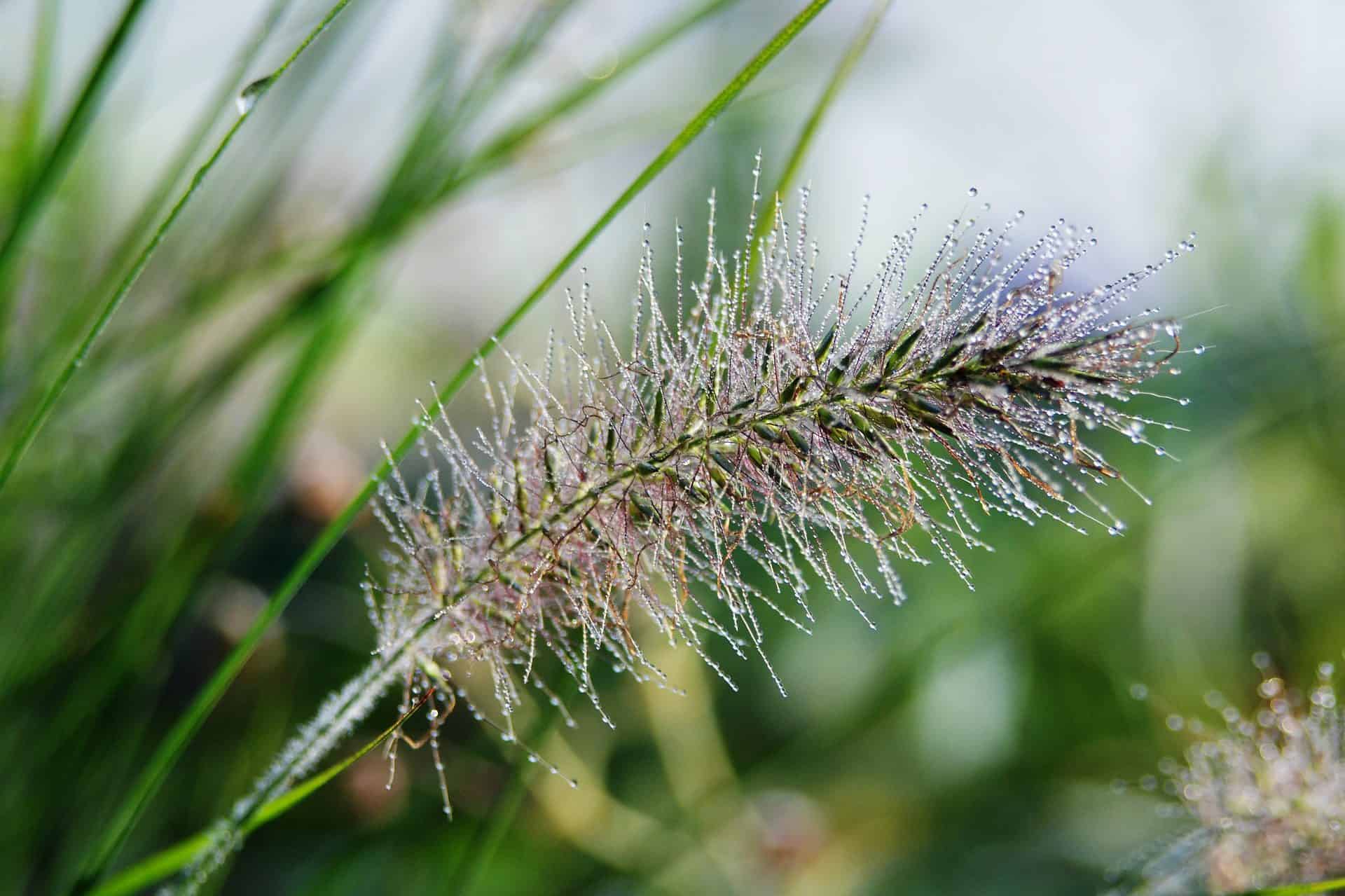
Fountain grasses can do self-seeding. Seed heads may drop seeds on the garden bed, letting them grow into new plants. However, this may take time before you can enjoy the flowers.
Clump division is another alternative way to propagate fountain grasses. Choose the aged fountain grass where the center has died out. Divide and replant these clumps. You can do this every three years on your senile ornamental grasses.
Fountain Grass Similiar Plants and Varieties
Pennisetum alopecuroides ‘Cassian’
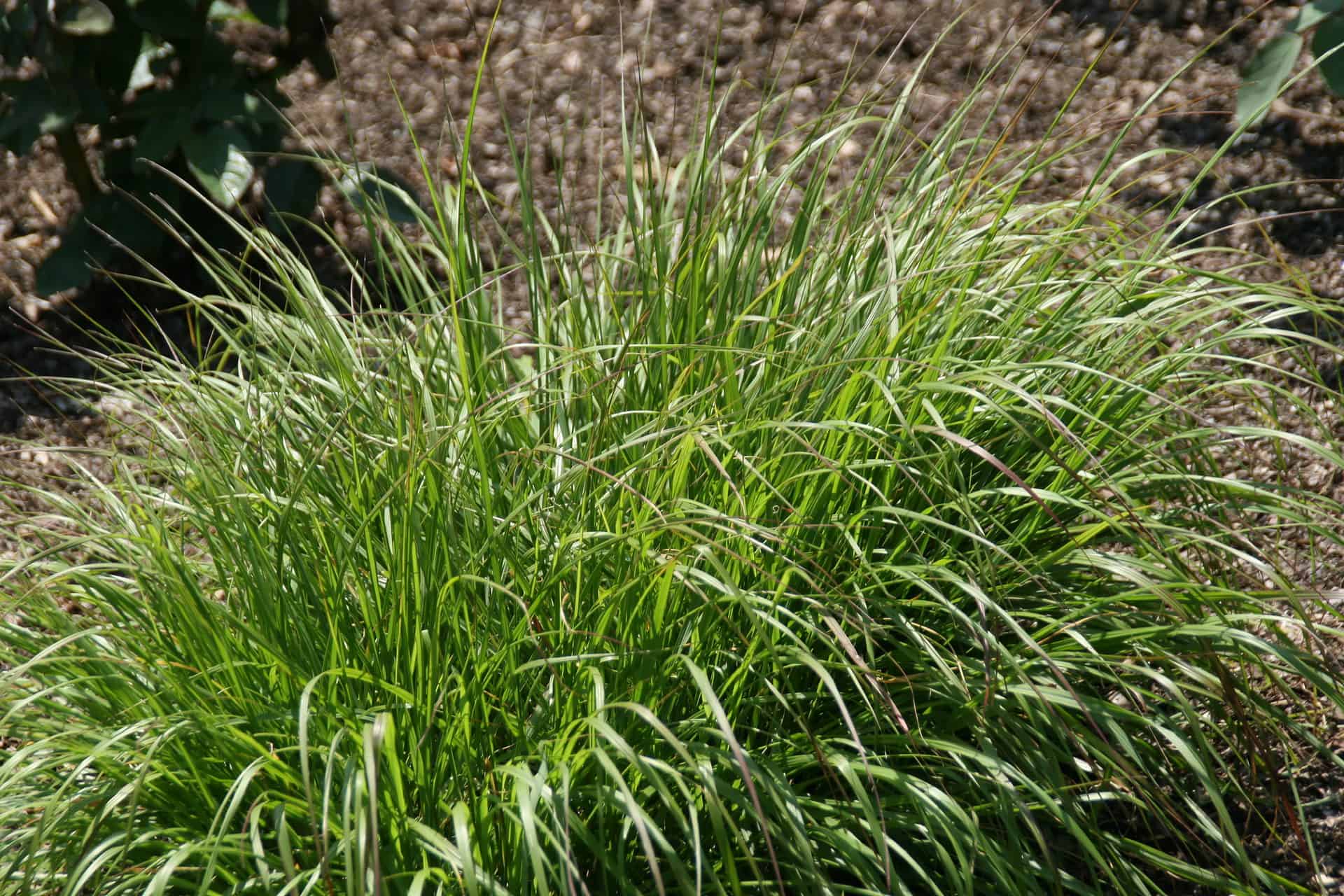
This variety is otherwise referred to as dwarf fountain grass. The bottlebrush flowers are tinted with a cream-pink color. This specimen plant outdoors is best fitted in small garden areas. Blooming occurs from late summer to early fall.
Pennisetum alopecuroides ‘Little Bunny’
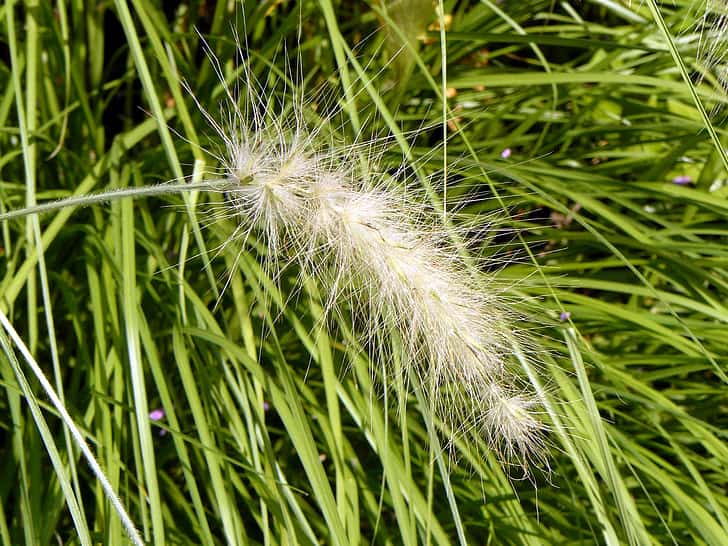
Another small variety of fountain grass is the ‘Little bunny’. It produces small flowers that are cream in color, resembling the appearance of a bunny tail.
Pennisetum alopecuroides ‘Moudry’

The ‘Moudry’ variety is known for its deep maroon to blackish brown flowers. It’s taller, reaching about 24 inches high. Blooming starts in August and lasts through October.
Fountain Grass Diseases and Pests
Fountain grass is pretty resistant to most pests and diseases. Generally, such issues aren’t very much affected unless they get weak and susceptible. Slugs and snails are some familiar visitors that may feast on tall grasses. However, they won’t cause much damage since fountain grass is pretty rugged.
Rust fungus may also be a problem. This disease is common in purple fountain grass. It occurs when there’s minimal airflow between the clumps of grasses. So, provide ample space for your purple fountain grass whenever you plant indoors.
Frequently Asked Questions
Yes, you can pot the small varieties of fountain grass. Since they’re small, they’ll be easier to manage and maintain in pots. You can bring it indoors, provided the growing conditions are still met, especially light.
You can plant coneflowers and lemongrass as companions to your purple fountain grass. The complementary colors of such ornamental grasses will create a beautiful display in your garden.
Like other plants, the best time to grow fountain grass is around spring because this is the growing season.
You can cut back in late Winter until early Spring. The grasses will stay dormant throughout the winter season and may even die. It’s best to cut them in the latter part of winter to prepare them for rejuvenation once the warm season arrives.
If you don’t cut back your ornamental grasses, they’ll look rugged and untidy. Seed heads may also spread seeds everywhere where you don’t want them. Lastly, the dead foliage may hinder the new growth of the grasses during Spring time.
Fountain grass can be available at your favorite garden center. Also, check out Plantly‘s list of ornamental grasses you plant as companions to your fountain grass.
Whether you want to buy, sell or simply reach out to other plant enthusiasts, Plantly is the right place to be!


